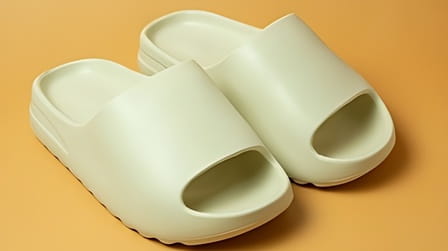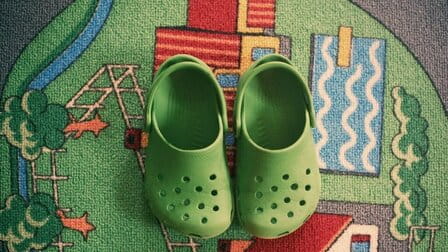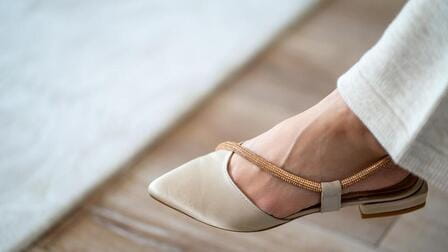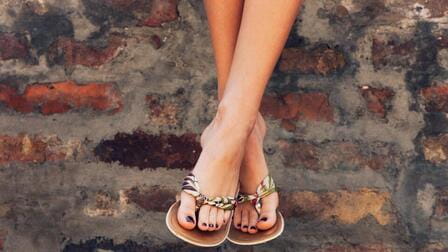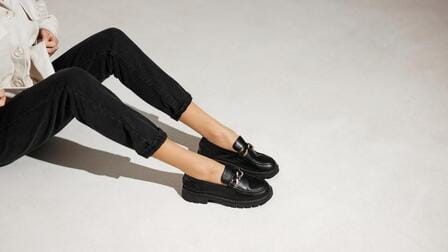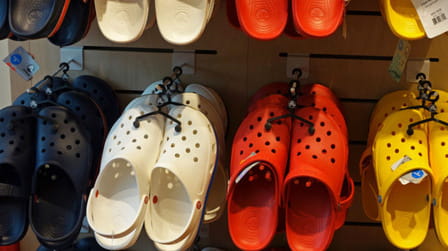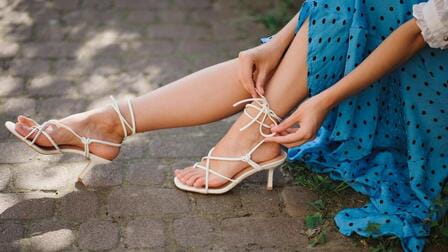Crocs were originally designed as water shoes and are perfectly suitable for wearing in water. Here's a detailed look at why Crocs work well for water activities and how they hold up when submerged.
Ventilation Holes Allow Water To Drain
The hallmark of Crocs is the ventilation holes across the top and sides of the shoe. These holes serve an important purpose - allowing water to easily flow in and out of the shoe. When submerged in water, the holes prevent Crocs from filling up and weighing your feet down. As soon as you lift your foot from the water, the ventilation allows the water to quickly drain out.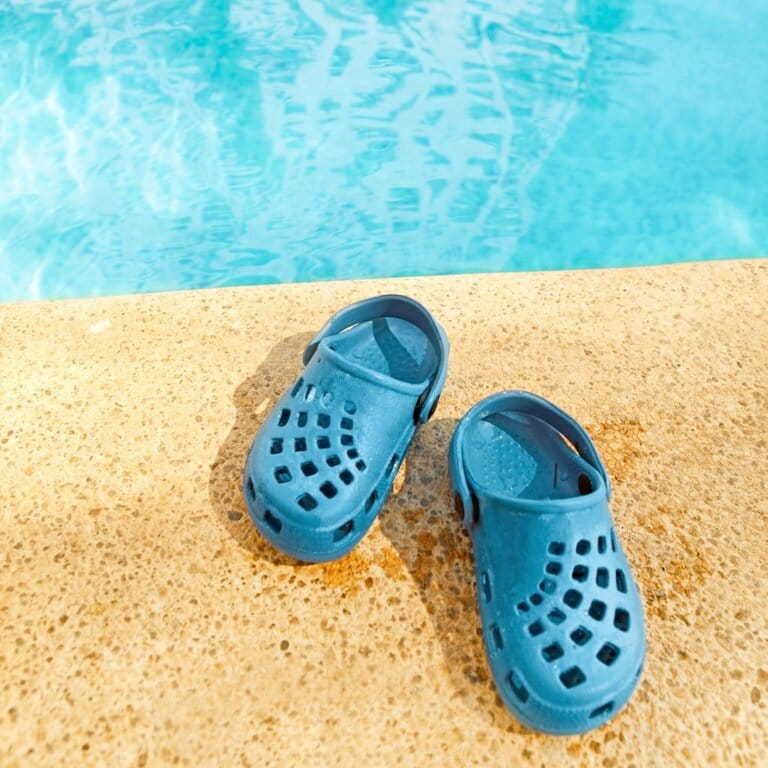
Slip-Resistant Soles Provide Traction
Crocs are designed with special soles that provide excellent traction, even when wet. The soles are made from a proprietary Croslite material that is non-marking, odor-resistant, and has a slip-resistant tread pattern. This makes them grip well on slick pool decks, boat docks, and rocky shorelines. The tread helps prevent slips and falls in wet conditions.
Lightweight Clog Design
Traditional water shoes can feel heavy and bulky when soaked. Crocs are made from Croslite, a dense foam resin that is very lightweight - a standard Croc clog weighs about 6 ounces. Even when filled with water, a Croc won't weigh your foot down. The clog design is also easy to kick on and off.
Soft, Pliable Material
The Croslite foam material has a soft, almost spongy feel. This makes Crocs flexible and comfortable to wear against bare feet, even when constantly submerged in water. The pliable material also allows water to easily wash in and out of the shoe.
How Crocs Hold Up In Water
Crocs are water-friendly by design and built to withstand water activities:
- Pool-safe: The ventilation holes allow pool water to flow freely in and out of Crocs. The lightweight foam means they won't drag your feet down. The tread provides slip resistance on slick pool decks.
- Great for boating/sailing: The clog shape slides off easily if you fall overboard. The foam material floats, so kicked-off Crocs won't sink. The ventilation holes let water drain quickly when back on deck.
- Beach/ocean-ready: Saltwater won't degrade the Croslite material. The tread provides grip on wet sand and rocks. The foam is buoyant if caught in a rip current. Rinse off sand and let drain after use.
- Fine for rafting: Crocs provide toe protection from rocks if rafting shallow rivers. Quick-draining if submerged in rapids. Tread helps grip slippery raft surfaces. Straps can secure Crocs while rafting.
- Works for water parks: Soft foam is comfortable on bare feet for water slides. Ventilation holes allow water to drain off quickly after a plunge. Lightweight to wear in wave pools or lazy rivers.
The main downside is that Crocs are not designed for diving or high-velocity water sports. But for general recreational water activities, Crocs perform extremely well and can withstand repeated submersion without any problems.
Key Reasons Crocs Work As Water Shoes
To summarize, here are the key reasons why Crocs make great water shoes:
- Holes allow water to drain quickly
- Proprietary Croslite material is soft, lightweight, and quick-drying
- Slip-resistant tread provides traction on wet surfaces
- Clog design is easy to kick on and off
- Foam construction floats and is pool-safe
- Crocs withstand repeated water submersion without degradation
By design, Crocs are versatile shoes meant for wearing anywhere - including in the water. So feel free to confidently wear your Crocs during water activities. Just be sure to rinse and air dry them out after significant water exposure to keep them in great shape.
FAQs About Wearing Crocs In Water
Here are answers to some frequently asked questions about wearing Crocs in watery environments:
Are Crocs ok in saltwater?
Yes, the Croslite foam holds up well when exposed to saltwater. Just rinse the salt off after use in ocean water or saline pools.
Do Crocs offer traction in the shower?
The Croslite tread provides fairly good traction against shower floors. Look for Crocs models advertised as "non-slip" for extra shower floor grip.
Can you wear normal Crocs in the water?
Regular Crocs clogs and sandals work well for casual water use. Models with Crocband straps or Sport straps help securely fasten Crocs while in water.
Do Crocs float in water?
Yes, the lightweight Croslite foam allows Crocs to float. Wearing floating Crocs can give added protection in pools or ocean water.
Are there Crocs made for diving?
No, Crocs are not designed for diving depths. Look for dive booties made of neoprene if you need dive footwear.
Conclusion
In summary, Crocs are a practical option as a lightweight water shoe. Key Crocs features like ventilation holes, slip-resistant tread, clog shape, and soft foam make them ideal for water activities. From splashing in the pool to boating on the lake, Crocs can comfortably withstand regular water exposure. Just take basic care to rinse and dry out your Crocs after significant submersion to extend their life. So feel free to confidently wear your Crocs to wade into the water this summer!


